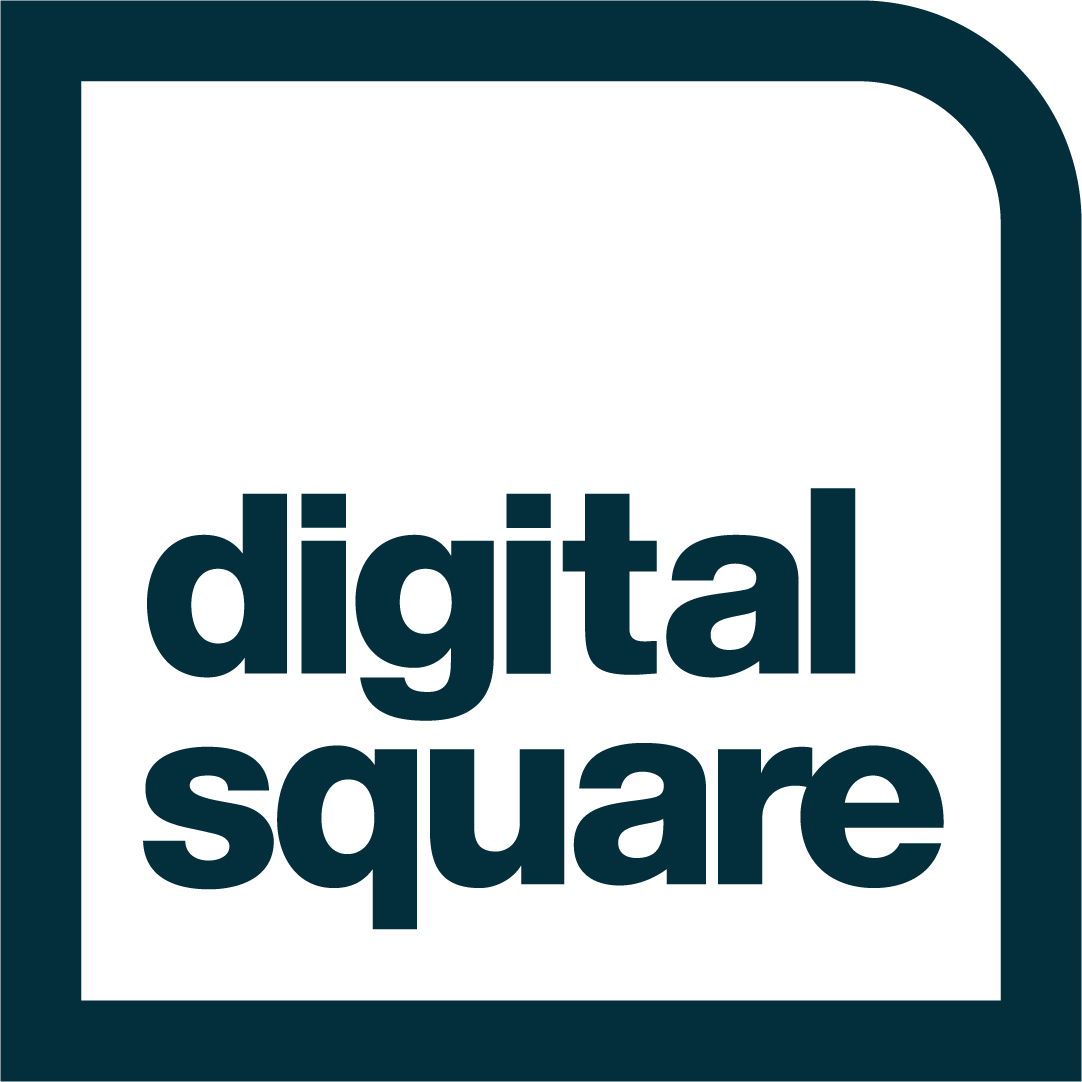-
The scope of the project in its entirety is based on the reference implementation of Digital Adaptation Kit focused on Antenatal Care (ANC). Aim is to create a digital software solution which encompasses the complete ANC life cycle as specified in the WHO ANC FHIR IG.
-
The creation of a digital software solution shall catalyze the adoption of the WHO ANC guidelines, by the digital health systems globally. It shall support clinical informed decision making by the individuals, health workers in the healthcare system. It shall act as an enabler to strengthen the healthcare delivery services and continuity of care.
-
Our team’s cross-functional composition (FHIR and clinical domain specifically) will add value to the implementation process.
-
What will this investment from Digital Square specifically go toward?
All the investment received from Digital Square specifically for this project would go towards:
-
Technical Implementation of the WHO ANC FHIR IG and WHO SMART guideline.
-
Designing and development of the digital solution as per the given guidelines.
-
Remuneration to the resources required to initiate and complete the development.
-
Provisioning of all the tools and infrastructure requirements needed to effectively complete the scope of the project.
-
Enhancements, as may be as per any change/addition/update in the technical guidelines.
-
Any other tasks, within the scope of the project necessary for effective and efficient implementation.
-
What is/are the goal(s) of the project?
The goal of the implementation is creation of a digital software solution based on the WHO ANC FHIR guidelines to catalyze the adoption of recommended best practices by the digital ecosystem.
-
How will the goal(s) be achieved?
The project is intended to be completed in three sprints.
-
Profiling: Focus shall be on building the various ANC profiles as described in the FHIR WHO ANC IG.
-
CQL Engine and CDS: CQL Engine implementation for executing ANC CQL. This would enable point-to-point sharing of the clinical knowledge artifacts specified in the implementation guideline. Also, CDS to support individuals, healthcare providers for making informed decisions.
-
SMART on FHIR: Creation of SMART on FHIR on top of the digital solution based on WHO ANC IG.
-
Server: Building a customized server to support ANC implementation.
-
How will your organization’s expertise contribute to achieving the project goal(s)?
The composition of our team is cross-functional in nature, ranging from technical, FHIR to clinical domain specific expertise. This heterogeneity in knowledge will contribute towards achieving the project’s goal.
N/A
-
Background:
Health care services received during pregnancy are important for the survival and well-being of both the mother and the infant. Antenatal care reduces the probability of any health risks and complications. Even though it is of critical value the proportion of women who received antenatal care is highly subjective and varies across the continents. The assimilation, dissemination, and interpretation of the health information is faced by a number of limitations. Primary cause being the limited use of technology in healthcare. The use of technology has seen isolated gains and varying degrees of partial implementation and absence of interoperability at multiple levels.
To standardize the variances experienced in healthcare, specifically maternal health, certain evidence-based recommendations were given by WHO, featured in WHO ANC guidelines. These guidelines offer a reference point for the content the digital health systems may adopt. The digital solution software shall enable individuals and healthcare workers to render seamless and quality health services ranging from registration to health promotion and follow up. The digital solution shall confer interoperability at all levels and support International Patient Summary, International Patient Access for ensuring cross border care.
-
Objective:
To create a digital solution based on WHO ANC FHIR Implementation Guideline.
-
Technical Approach:
-
The basic approach shall include, usage of an Enterprise programming language (JAVA), to build all the artifacts as described in the WHO ANC FHIR IG.
-
We shall use the help of Open Source FHIR Server Library (HAPI), which will be used as a façade layer for interoperability. A presentation layer shall be built on top of the façade layer to prompt usage by the end user.
-
Monitoring and Evaluation:
The monitoring and evaluation process for all the activities/processes followed as a part of creation of the digital solution shall include,
-
Each critical task/work shall be broken into sprint, and the team shall identify the objective(s) which needs to be completed towards the end of the sprint. The team shall deliberate on a plan to complete each sprint and achieve sprint objective(s).
-
Daily/weekly review of each sprint to identify any roadblocks/challenges which may surface and would impact the delivery of each sprint objective(s).
-
Prioritization/Reprioritization of activities in each sprint based on how critical it is for completion of an ongoing sprint and forthcoming sprint.
-
Deliverables & Schedule:
All Artifact resource implementation , CQL implementation, Authentication & Authorization, and WEB UI for usability in a phased manner. Anticipated timeline for development shall be 6-9 months.
-
Risk Mitigation:
We don't see any potential obstacles or risk in this IG implementation.

